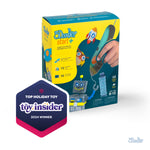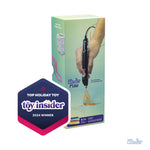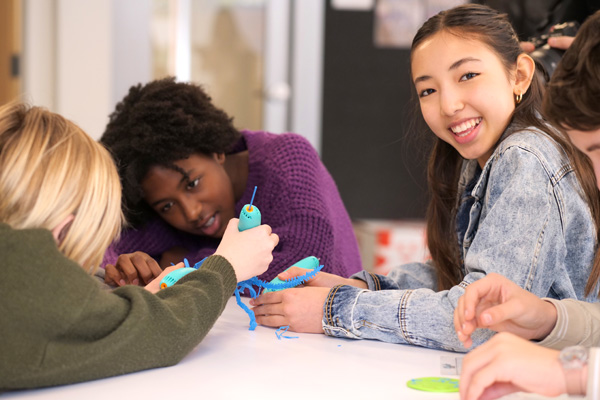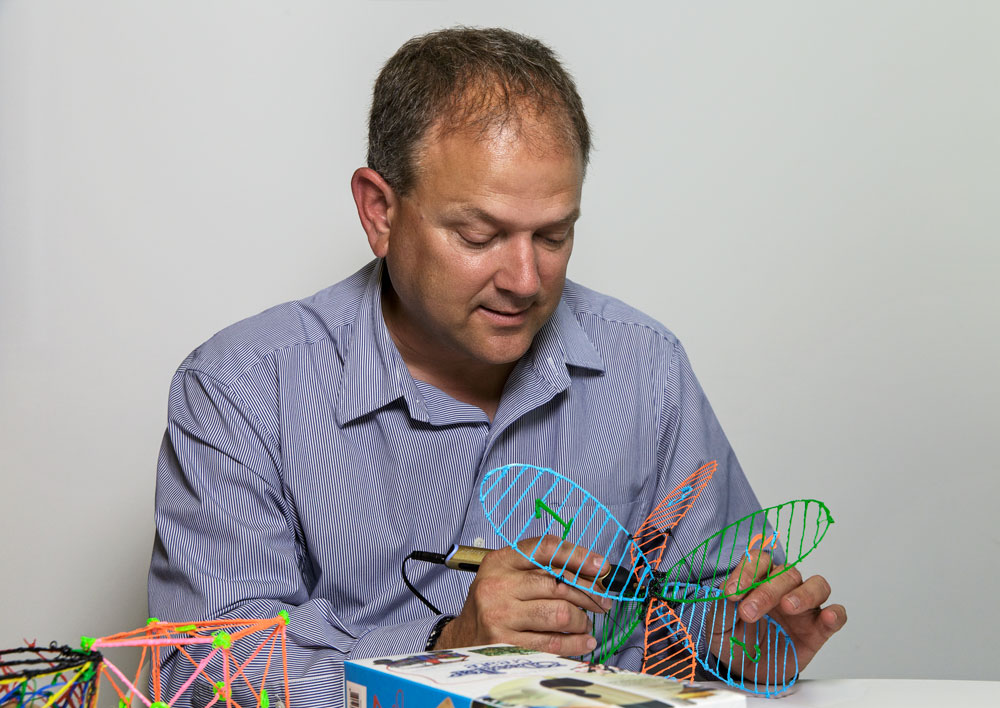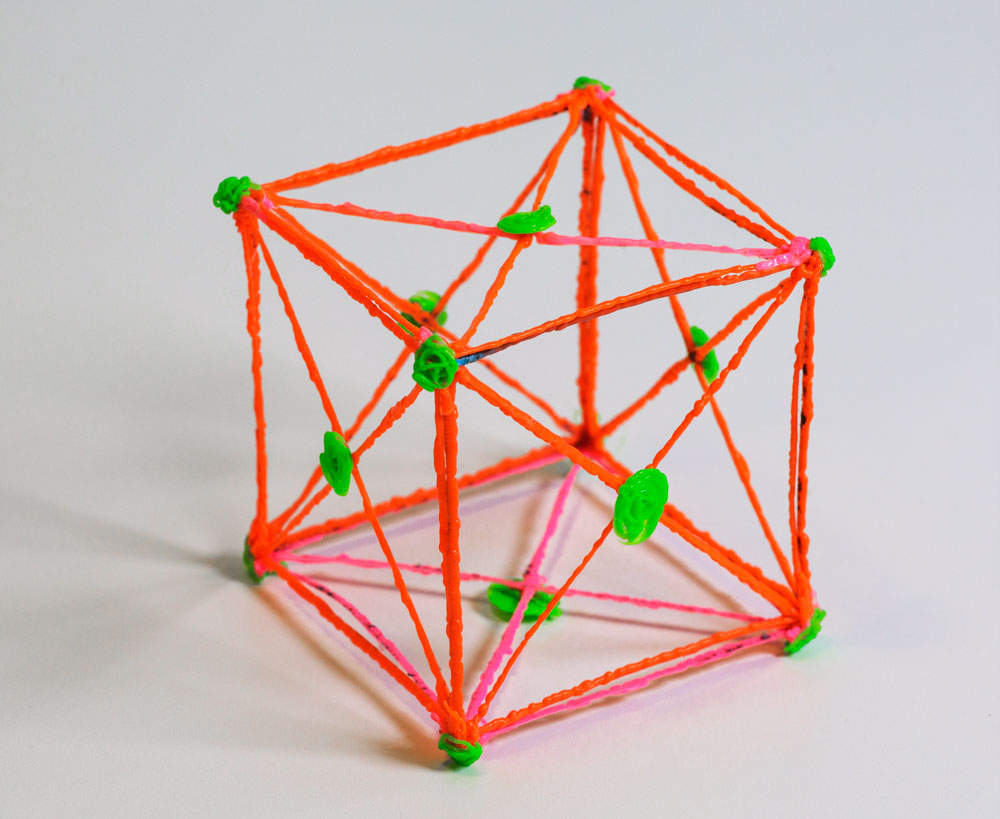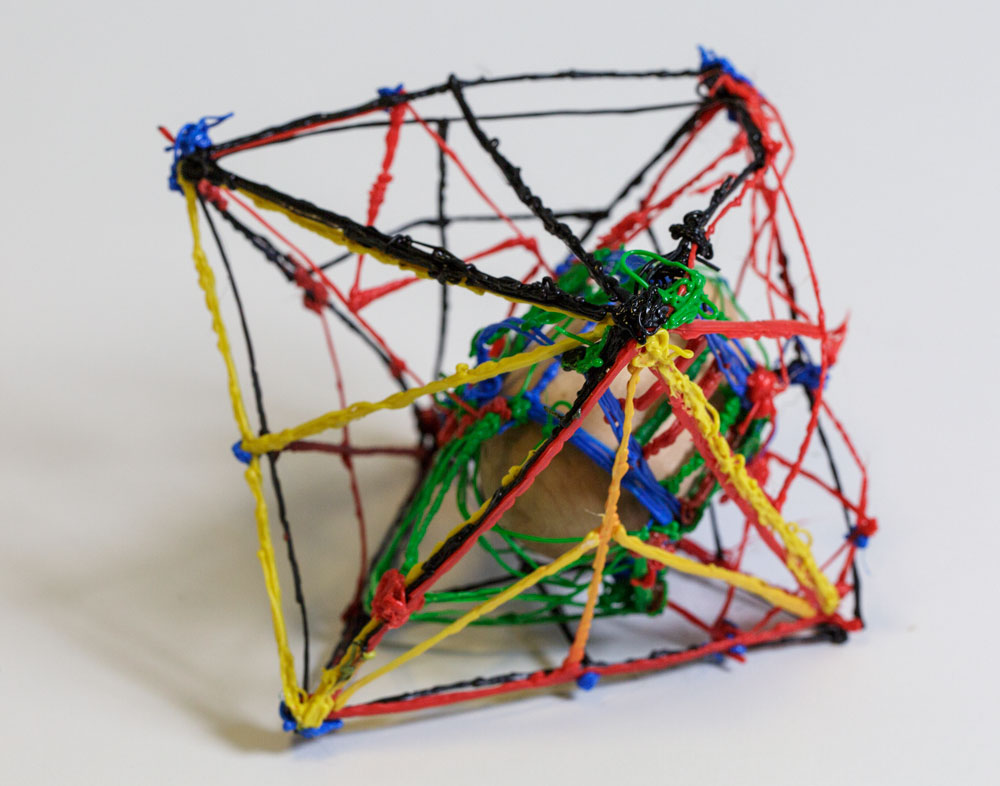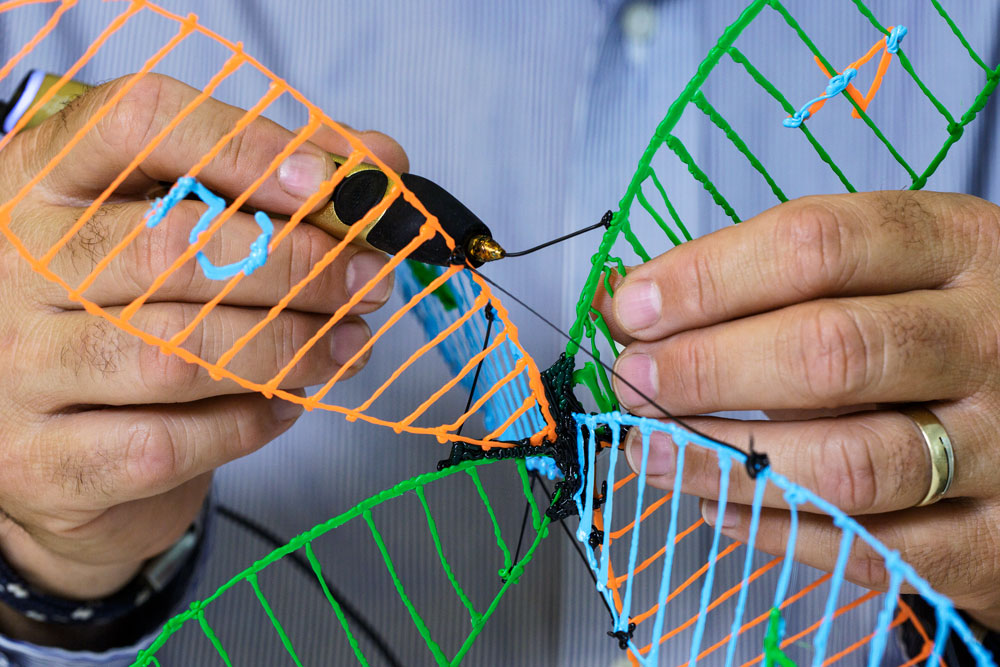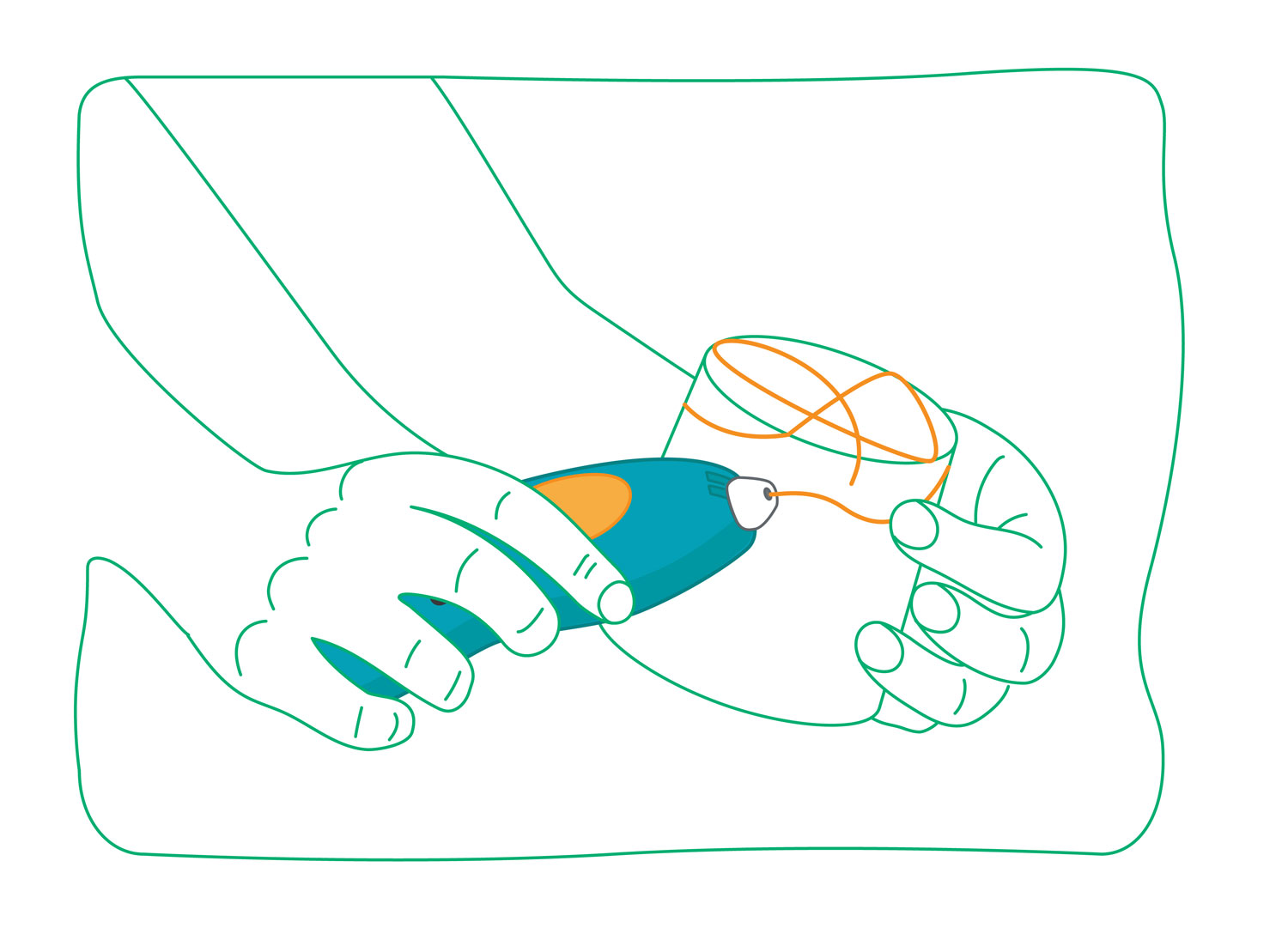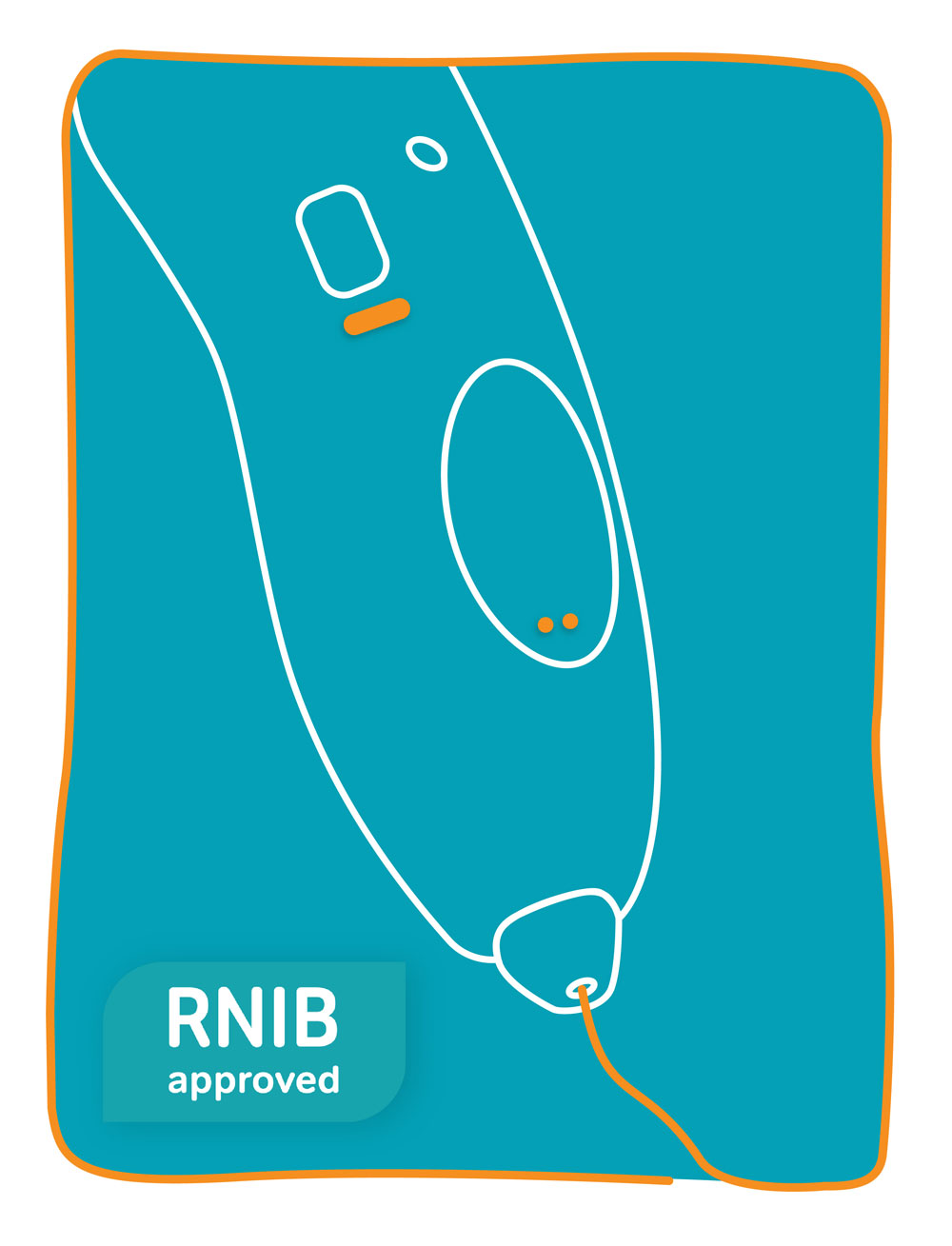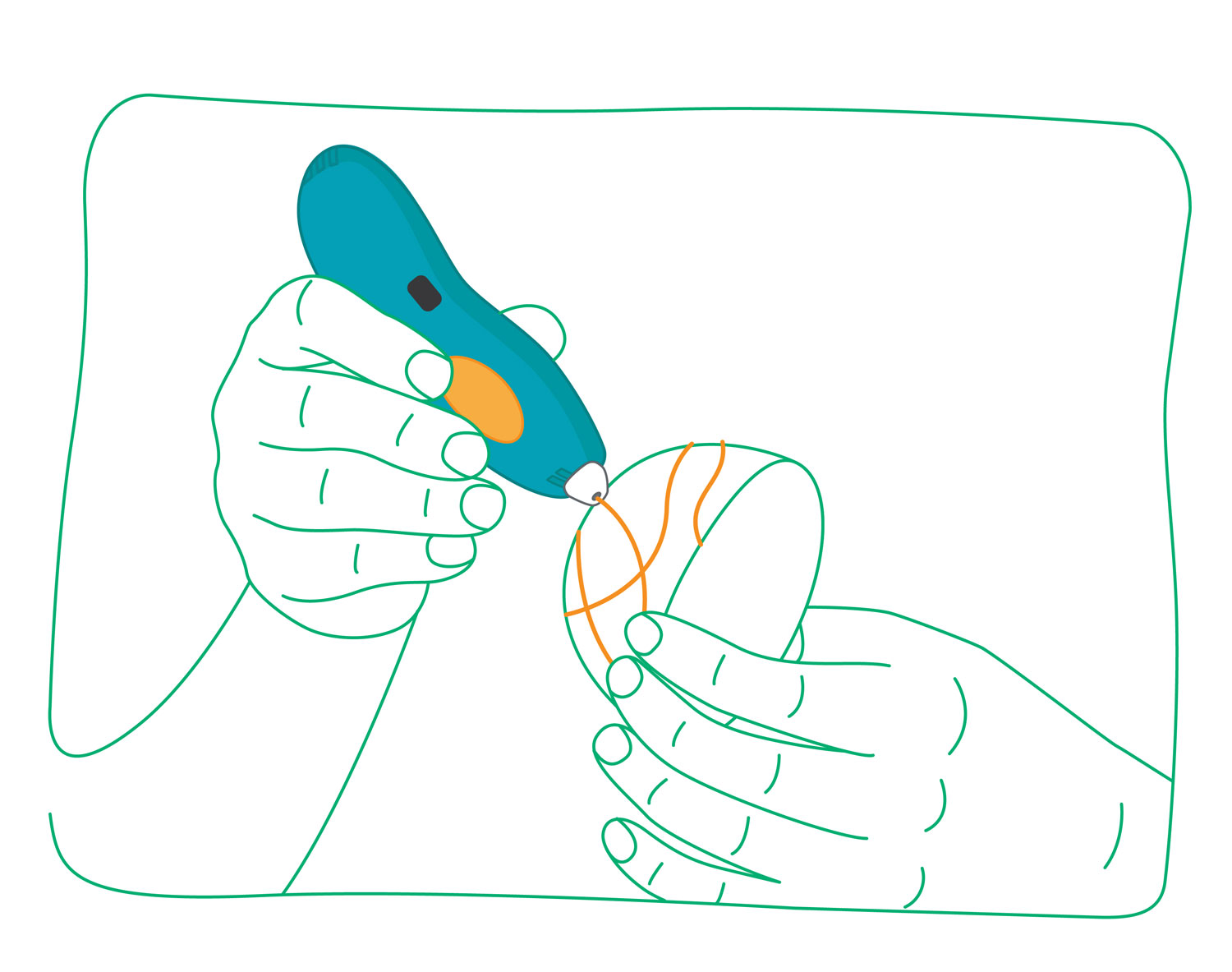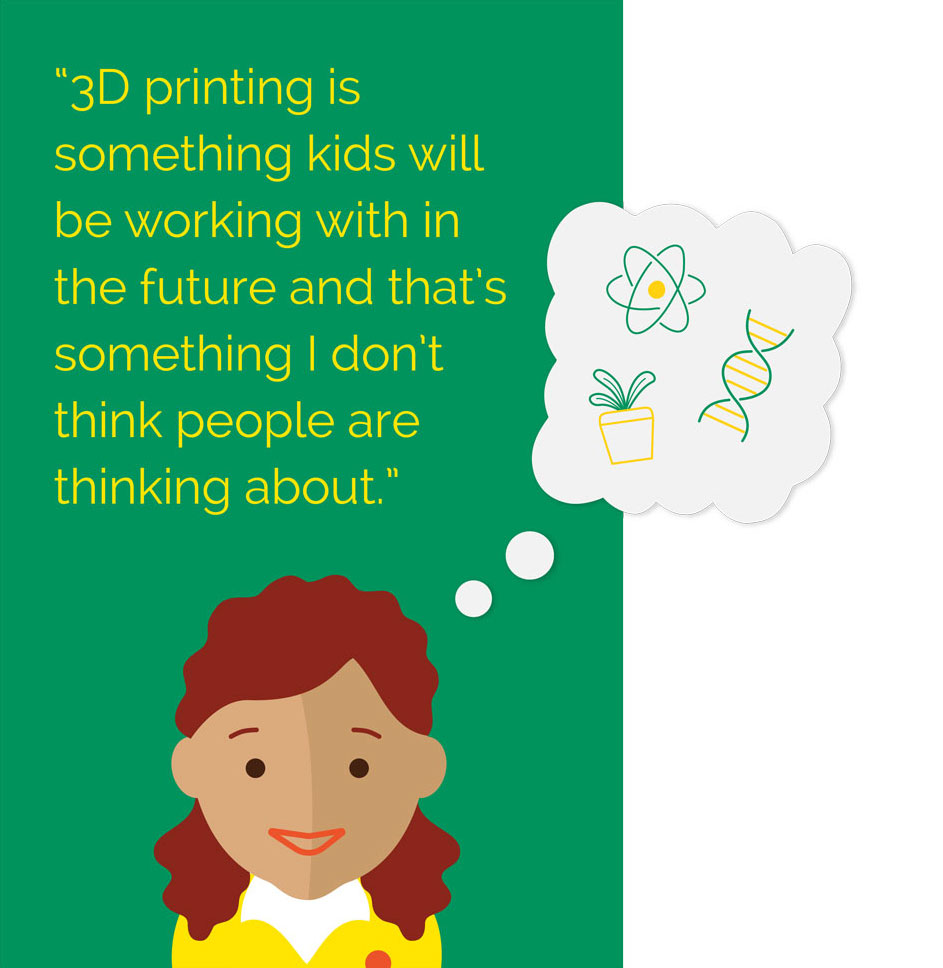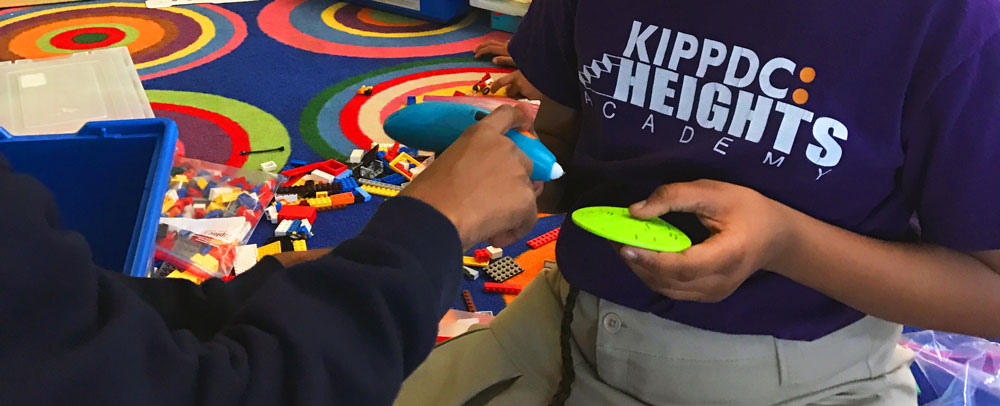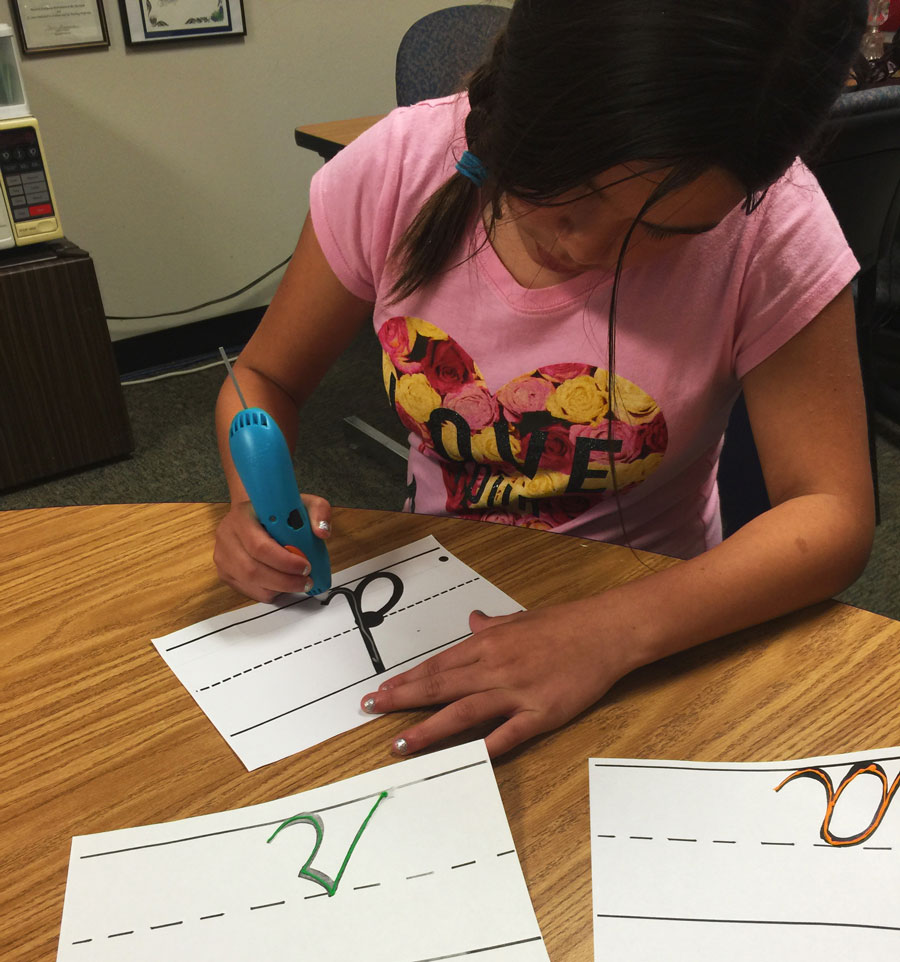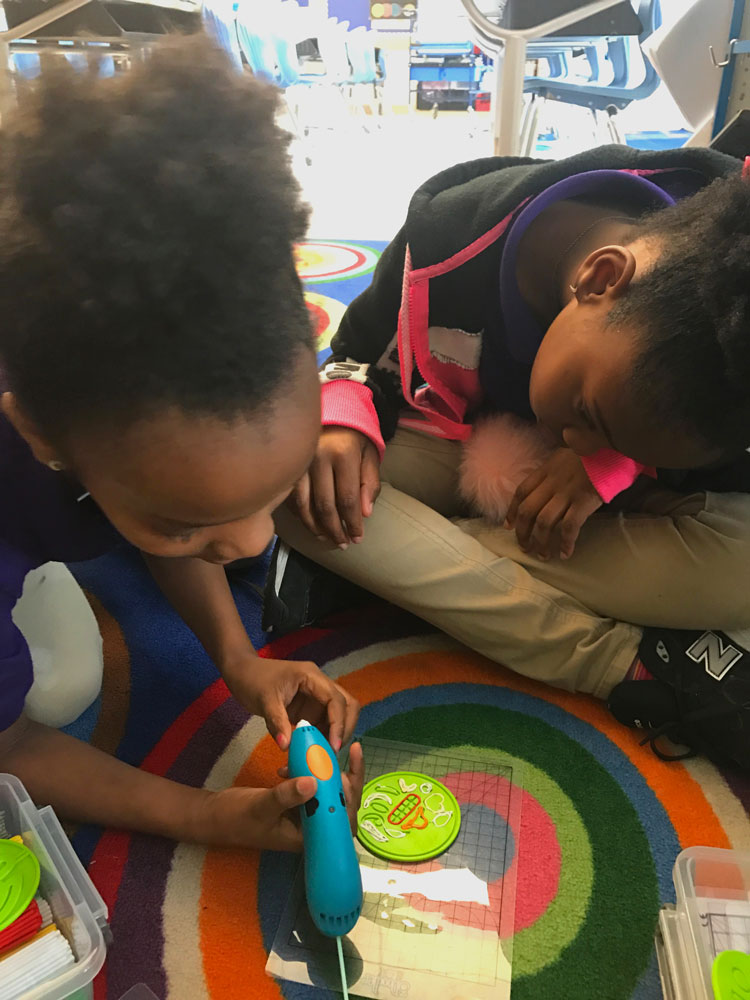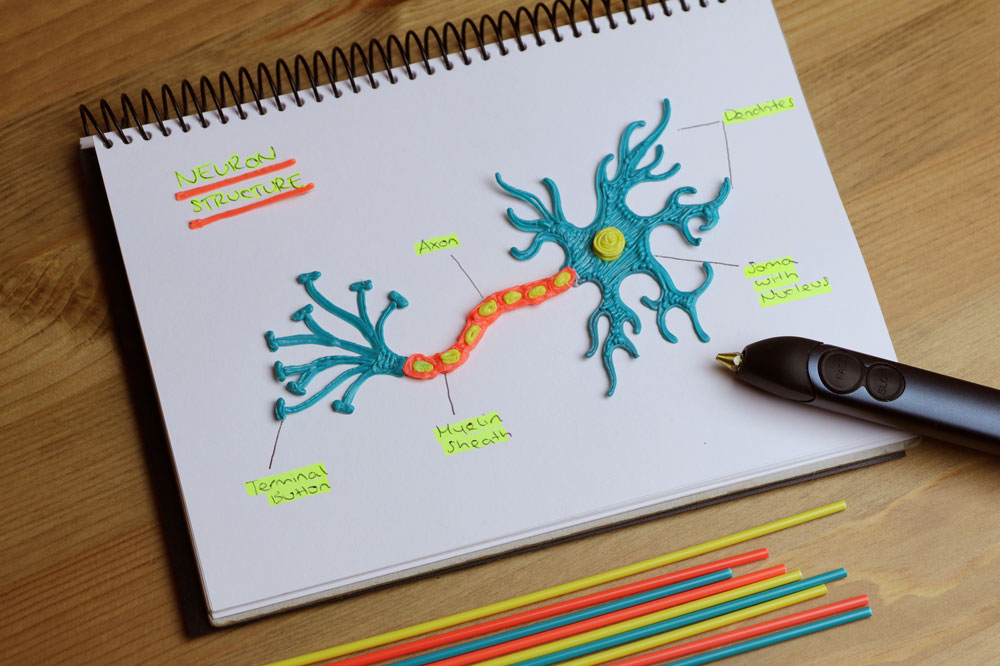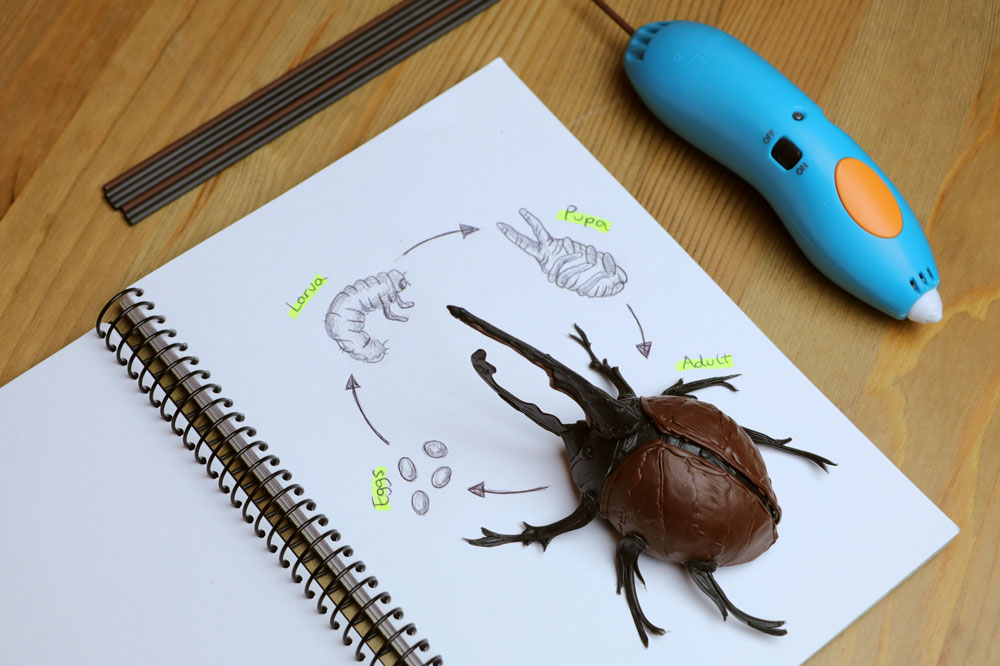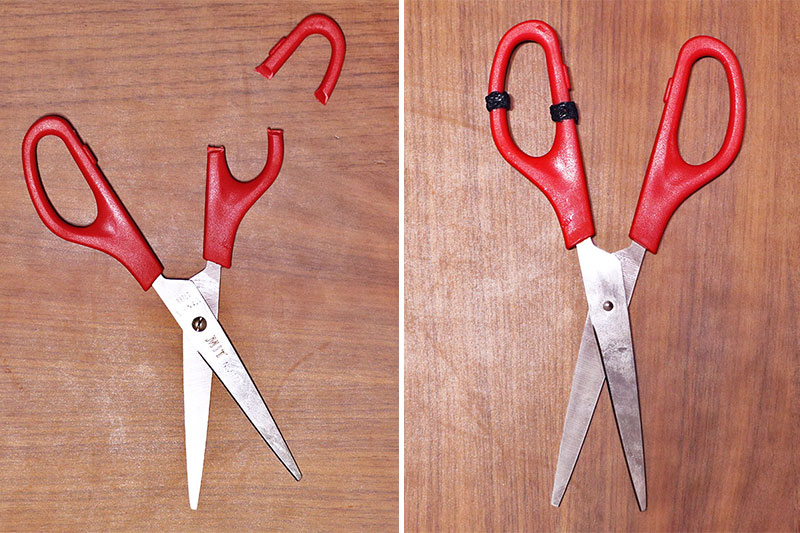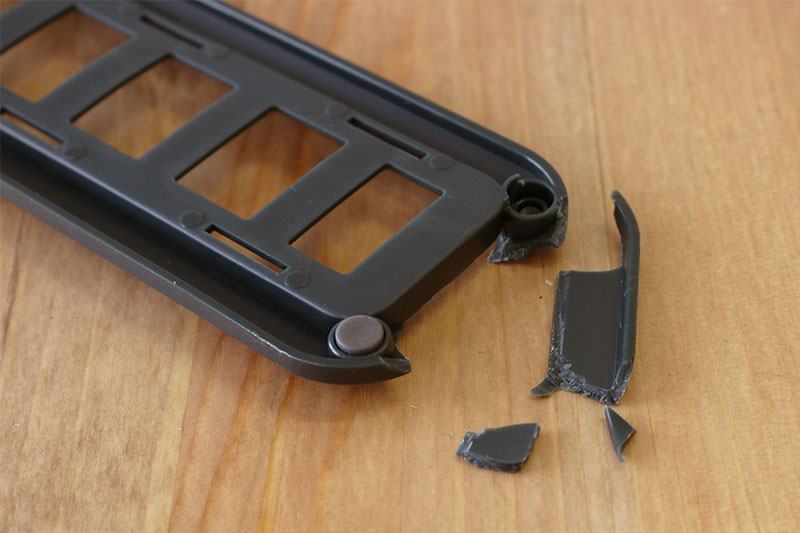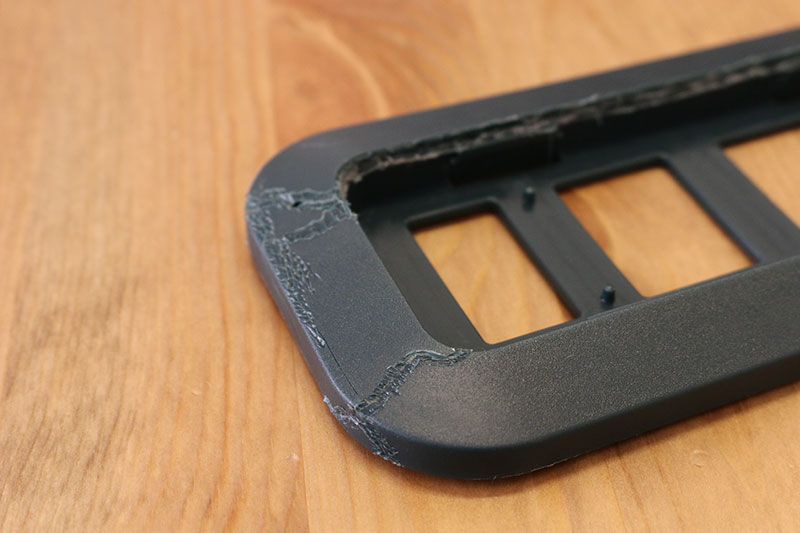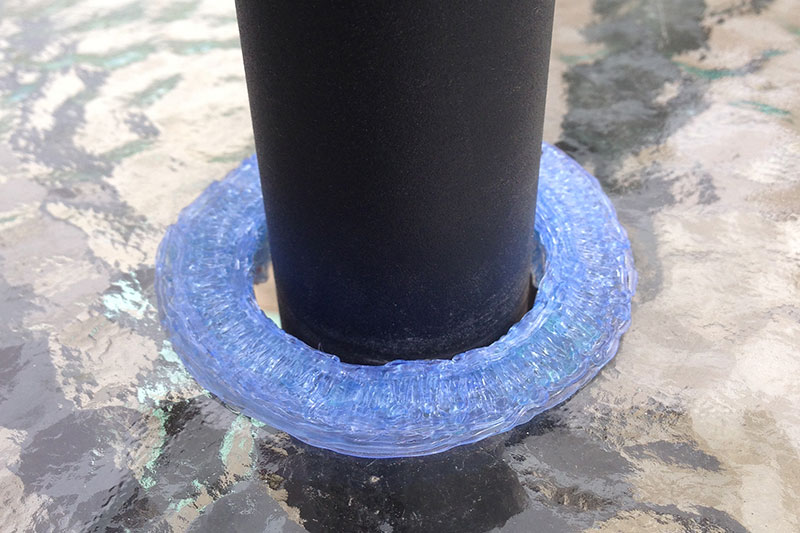We’re unlocking a new dimension in the classroom – literally! Today, we’re diving into the exciting world of gamification with points, badges, leaderboards, challenges, and more.
It’s time to move on from worksheets and passive listening. Envision a learning environment where creativity explodes, and students are intrinsically motivated to conquer learning prompts and challenges like never before. That’s the power of gamification, and 3D pens are the ultimate tools to bring it to life!
A Winning Combination: Gamification & 3D Pens
At its core, gamification is about taking the elements and principles of games and applying them to real-world activities – in this case, the classroom.
Autonomy: Offer students choices and some control of their learning.
Mastery: Providing opportunities to develop skills and see progress.
Purpose: Connecting learning to meaningful outcomes and goals.
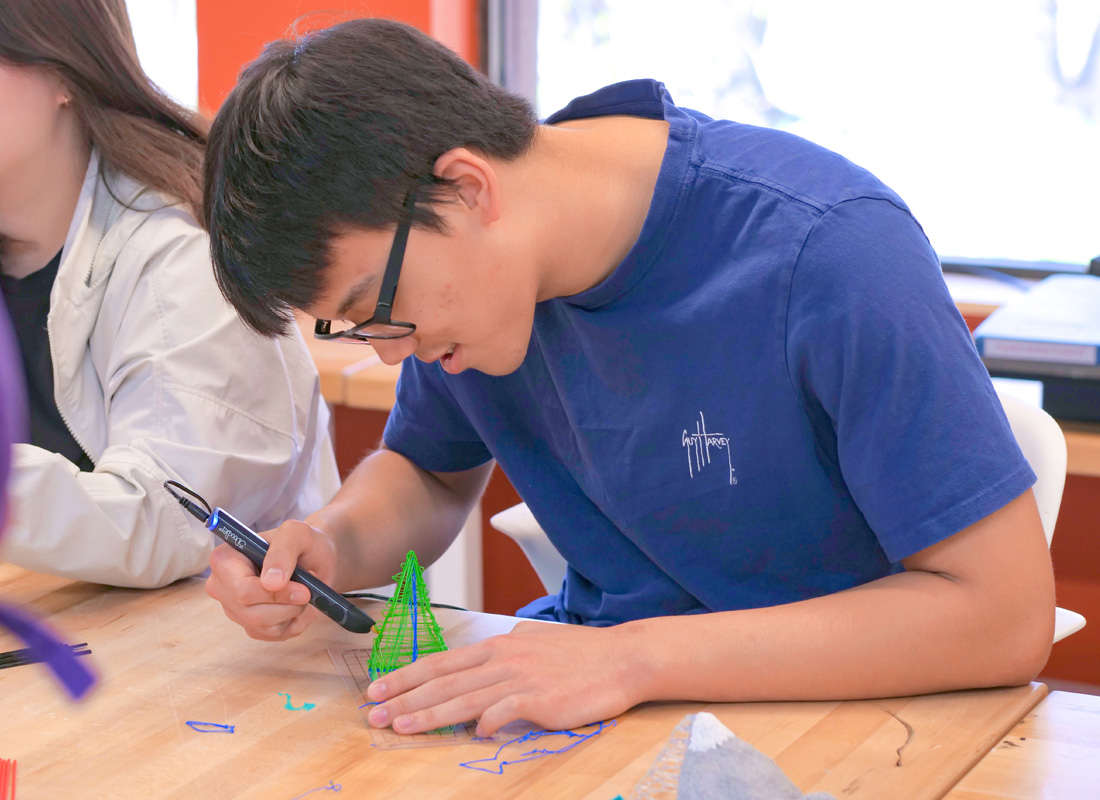
Now, let’s add a 3D pen into the mix! These incredible tools allow students to transform their ideas into tangible, three-dimensional creations. This hands-on element amplifies the benefits of gamification in several ways.
Increased Engagement: The novelty and creative freedom of 3D pens instantly grab attention and foster deeper involvement.
Tangible Rewards: Encourage students to create physical items representing their achievements in a particular lesson.
Problem-Solving in 3D: Challenges become more engaging when students need to design and build solutions in three dimensions.
Multi-Sensory Learning: Engaging with 3D creations involves visual, tactile, and kinesthetic learning styles, catering to a broader range of students.
Unlocking New Lessons
Interested in taking the leap and bringing this dynamic duo to your classroom? We’ve got you covered. Here are some gamified activity ideas using 3D pens:
Objective-Based Challenges:
Frame learning objectives as quests! For example, in a geometry lesson, the “quest” could be to design a specific geometric shape with accurate dimensions to earn “geometric gems” (points or small rewards).
Badge Systems (Tangible Badges!):
Students can create badges to represent mastery of a concept or skill instead of using digital badges. Imagine a “History Hero” badge for completing a timeline project or a “Science Superstar” badge for a successful experiment model.
Collaborative Builds for XP:
Divide students into teams and assign them a 3D design challenge related to the lesson. The team with the most accurate, creative, or functional build earns points or privileges. Think of designing a model of the water cycle or a historical landmark.
Escape the Classroom:
Create a series of clues or puzzles students need to solve related to the curriculum. The final clue could require them to 3D draw a specific object that “unlocks” the next stage or a small reward.
Boss Battles (Knowledge Checks):
At the end of a unit, present a complex challenge or problem related to the material. Students can use their 3D pens to represent their solution visually. Successfully presenting and explaining their creation “defeats the boss” and helps them earn rewards.
Personalized Tokens:
Offer students different learning pathways with reading challenges, for example. As they complete their reading and comprehension tasks, they can draw a small 3D token representing their progress.
The Future is 3D Gamification!
Integrating 3D pens with gamification offers a powerful and engaging way to bring learning to life in your classroom. It fosters creativity, problem-solving, and collaboration and presents learning in a format we know students enjoy. So, get your 3Doodler 3D pens, unleash your inner game designer, and watch your students level up their education in exciting new ways!
